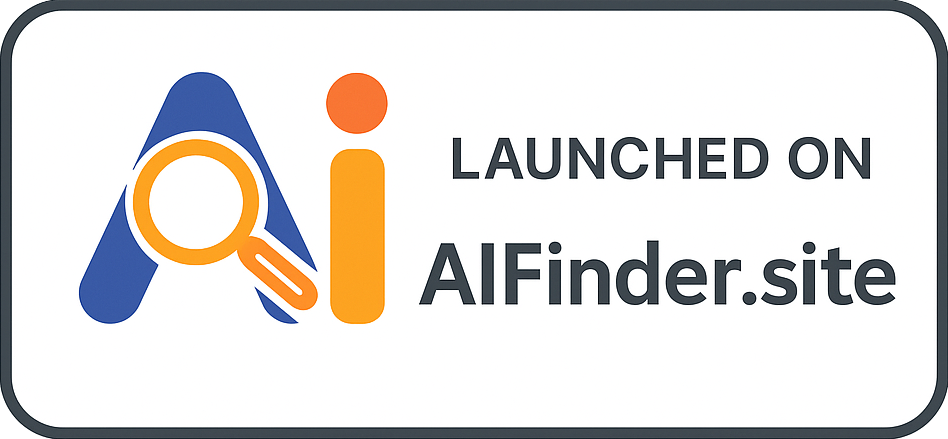Social Media Scheduling
Social Media Scheduling refers to the process of planning and automating the posting of content on social media platforms, allowing brands and influencers to maintain a consistent online presence and engage their audiences effectively.
Frequently Asked Questions
What is Social Media Scheduling?
Social Media Scheduling is the strategic process of planning, organizing, and automating the release of content on social media channels. This includes setting up specific times for posts to go live to maximize engagement and visibility.
Where is Social Media Scheduling used?
Social Media Scheduling is widely used across various social media platforms, including Facebook, Twitter, Instagram, LinkedIn, and Pinterest. It can be executed through third-party tools and platforms such as Hootsuite, Buffer, and Sprout Social.
When should Social Media Scheduling be used?
Social Media Scheduling should be employed regularly to ensure consistent content delivery, during campaign launches, seasonal promotions, or whenever a brand wants to maintain engagement while managing time effectively.
Why do we need Social Media Scheduling?
Social Media Scheduling is essential for managing multiple accounts, maximizing engagement by posting at optimal times, reducing the burden of daily posting, and maintaining a cohesive content strategy that aligns with marketing goals.
How to use Social Media Scheduling effectively?
To use Social Media Scheduling effectively, brands should identify their target audience's online behavior, create a content calendar, select appropriate scheduling tools, and analyze performance metrics to refine future strategies.
Key Takeaways
In the realm of influencer marketing, Social Media Scheduling plays a critical role in ensuring brands maintain a constant connection with their audience. By strategically timing their posts, brands and influencers can optimize engagement, streamline their operations, and enhance the effectiveness of their campaigns.
Hot Glossary Terms
Influencer Marketing
Influencer Marketing is a strategy that leverages the influence of individuals with large followings on social media to promote products or services, aiming to reach a targeted audience effectively.
Social Media Marketing
Social Media Marketing refers to the use of social media platforms and websites to promote a product or service, encouraging user engagement and brand awareness through content creation and sharing.
Content Strategy
Content Strategy is a comprehensive plan aimed at creating, publishing, and managing high-quality content to achieve business goals and enhance user engagement.
Brand Partnerships
Brand Partnerships refer to collaborative relationships between two or more brands or influencers aimed at promoting mutual interests and achieving shared goals through combined marketing efforts.
Engagement Rate
Engagement Rate is a key performance metric in social media and influencer marketing that measures the level of interaction and engagement a piece of content receives from its audience.
Related Terms
Affiliate Marketing Statistics
Affiliate Marketing Statistics provide essential insights into the performance, trends, and effectiveness of affiliate marketing strategies, aiding marketers and businesses in making informed decisions.
Pay Per Click (PPC)
Pay Per Click (PPC) is an online advertising model where advertisers pay each time a user clicks on their ad.
Social Media Guidelines
Social Media Guidelines are a set of recommendations and rules designed to direct how individuals and organizations interact on social platforms, ensuring that their behavior aligns with branding, legal, and ethical standards.
Customer Lifetime Value
Customer Lifetime Value (CLV) is a key metric that calculates the total revenue a business can expect from a single customer account throughout the entire relationship with that customer.
Influencer Marketing Metrics
Influencer Marketing Metrics are the quantitative measures used to assess the effectiveness and performance of influencer marketing campaigns, helping brands understand their return on investment (ROI) and overall impact.







